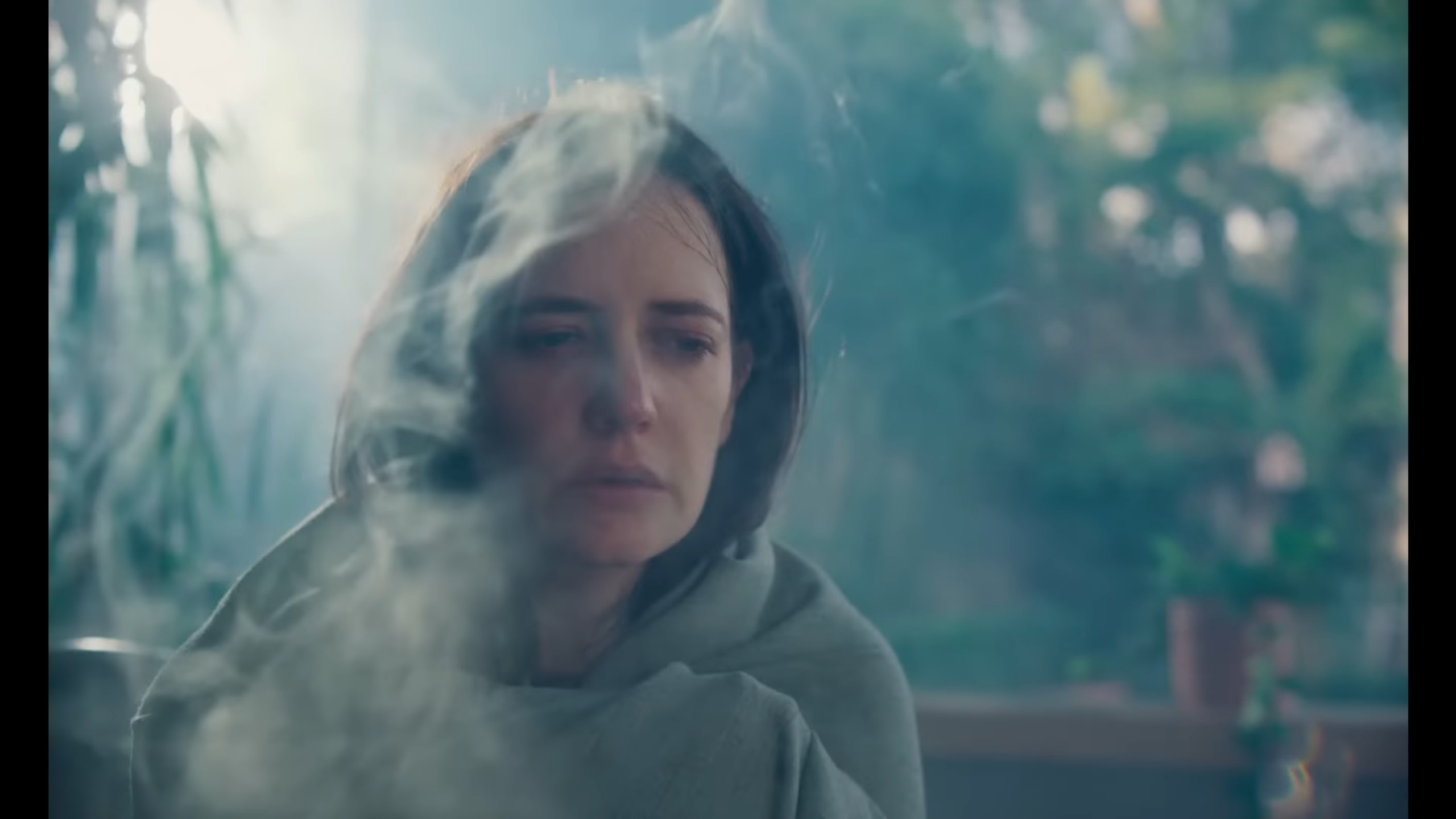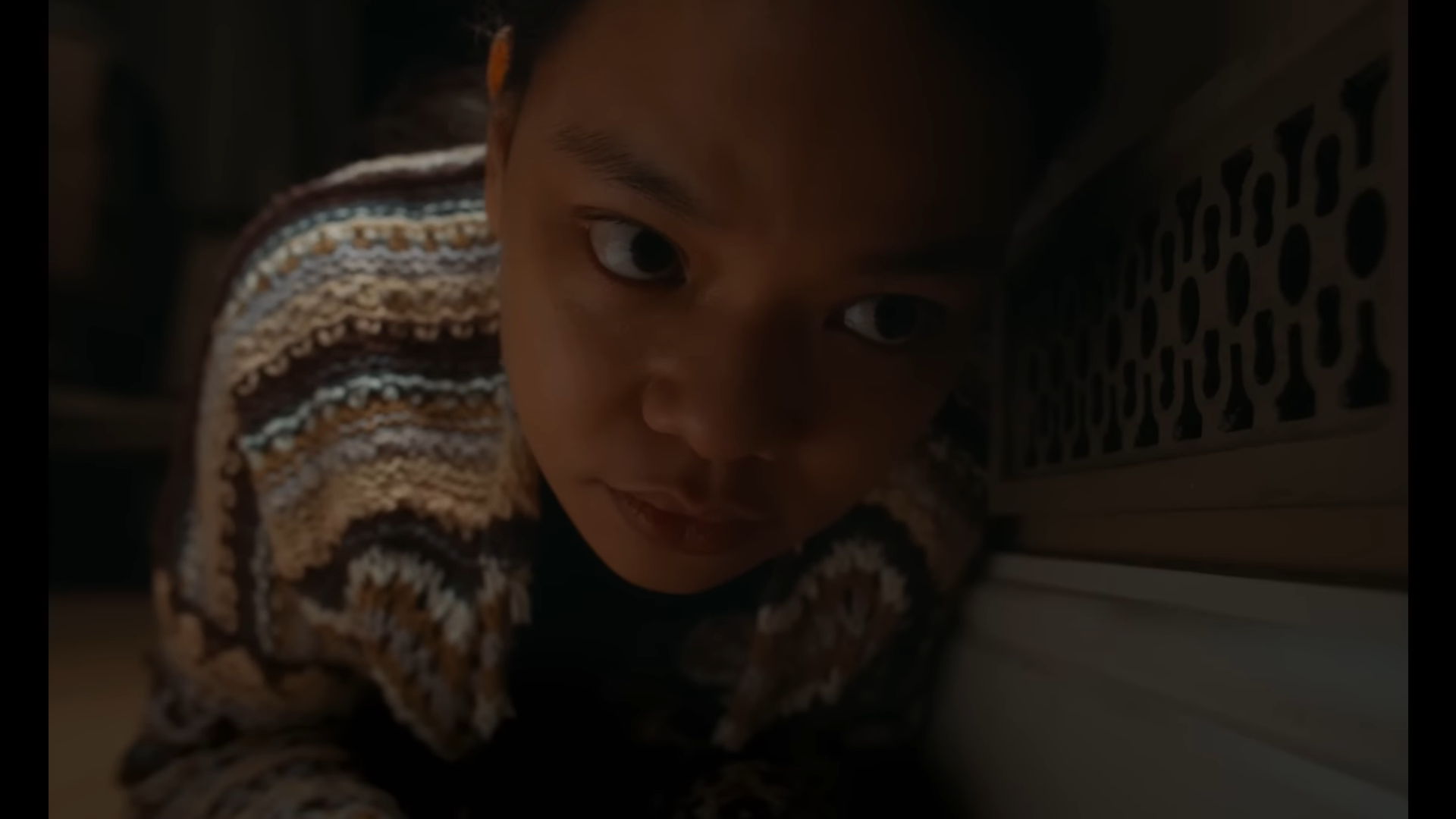by VON ZYRON P. ALIMORONG
WHEN ONE is on the brink of being ruined, the most instinctive thing to do is to cling to some sort of belief—going so far as to give all her faith to something she does not usually believe in. But faith can only do so much.
In Lorcan Finnegan’s 2022 psychological thriller Nocebo, fashion designer Christine (Eva Green) suffers from an unknown illness with no known cure.
Initially, she experiences having vivid hallucinations. Eventually, other symptoms start manifesting: tremors, difficulty in breathing, body pains, and memory lapses—ultimately affecting her work and her family.
Enter Chai Fonacier’s character, Diana, who arrives at Christine’s home one day, much to the homeowner’s surprise. Diana claims she was hired as their maid but Christine cannot recall hiring anyone due to her illness. Despite that, she welcomes Diana, who promptly begins her job. During one dinner, Christine suffers from the pangs of her illness once again. Much to the family’s surprise, the seemingly uncontrollable disease is miraculously cured by Diana.
Beyond stereotypes
Green delivered a complex and nuanced performance in Nocebo. The way she reacted to her hallucinations made the hallucinations even more convincing.
As evident in earlier psychological thrillers, portraying a mentally unhinged person comes unconvincing at times. There’s a tendency for an unskilled actor to portray such a character with exaggeration, bordering on dumbing it down to a two-dimensional figure. However, Green’s portrayal had enough depth to save it from becoming a stereotypical “spiraling down” character.

Without Mark Strong’s convincing portrayal of the concerned husband Felix or Billie Gadson’s endearing and funny Bobs, the family as a whole, – a character in itself – would not have delivered as much impact as it did.
But the depth of the secondary characters provided more dimension to the movie’s two central characters: Green’s Christine and, of course, Fonacier’s Diana.
The character of Diana was well-written and incredibly complex and choosing the wrong actor for it could have easily messed up the movie. Fortunately, Fonacier’s performance in Nocebo was sublime. In her acting, there were lots of nuances placed in everything about her character that convincingly placed an unexplainable uneasiness in the audience’s heart.
At one point, one might think of all the good things when seeing Fonacier on-screen. Then at some other point in the film, the viewer will begin to seriously doubt any analysis of Fonacier’s character. Her performance also embodied all the boiling emotions lying under the character’s skin: the guilt, the fear, the rage, and the yearning for happiness.
Uneasiness
Throughout its 96 minutes runtime, the film felt claustrophobic and unapologetically personal at times, making the audience feel like a creepy stranger is invading the character’s personal space.
The use of a split-field diopter lens in many instances (notably used when Diana and Christine are on-screen) only amplified these unnatural feelings, as the shot itself delivered an uncanny image that the audience’s eyes are not used to. These split-diopter shots made it as if the moviegoer was peering closer to these characters’ complex psyche—like leaning so close to them that their smallest breaths could warm the audience’s face.
Apart from this specific style of shot, the film also employed the use of odd angles to heighten the tension, helped further by the superb set design. Through carefully selected angles, the power Christine held over her own sanity and over others gradually diminished across the entirety of the movie.
Her failing sanity was clearly depicted with what could be among the grossest and most effective combinations of visual and practical effects seen in recent times. The grotesque visuals, like the ticks that felt as if they would jump out of the screen or the rabid dog that seemed to stalk the audience inside the theaters, delivered such a stunning horror experience.

The sound of unfathomable dread
According to musician Jose Antonio Buencamino, though he composed new and original music for the film, there were also some leftovers from other projects that were included in Nocebo—some files on his computer waiting to be rediscovered and used. The mixed-use of various percussion added a folk element to the rhythm and was appropriately used.
There’s a jagged feeling to many of the soundtracks—as if strings would snap the longer the piece continues—but that jaggedness and chaos did not come as a distraction. Rather, it has a certain form to it; it confuses but it does not distract.
Despite having such a superb soundtrack, the film knew when not to use it and let the silence creep in and take over. Those well-punctuated silence gave the viewers more time to hone in on whatever was happening on the screen.
Nocebo is a triumphant mix of psychological thriller, socio-cultural conversations, and Filipino folklore— the latter two being elements that would have been good topics for discussion if not for their existence within spoiler territory. It is a tightly-knit, well-written story, delivered so well by the cast’s nuanced performance, eerie music, and possibly some of the most horrifying scenes the audience has seen to date. F




[…] READ: Nocebo: No cure but belief and madness […]